Research in Hula region, November - December 2021
Report by Fa’afo Patekalani
Hula is a recent name for the people who call themselves Vulaa and Iru Vulaa (lit. ‘Point Vulaa’ of the (Hood) point). They are also called Bulaa by Motu speakers. Vulaa is the term used by speakers to refer to firstly the language they speak; to themselves as a people, ethnic group, or community; and to the physical location of the village.
The Hula people live along the coast of the Hood Point area of Central Province, and traditionally have depended on fishing and trading fish with their neighbouring agriculturalists. They engaged in vili expeditions to provide fish for those left behind in Motu villages while the men were away on hiri trading expeditions to the west. Today there is frequent movement between villages and Port Moresby. Christianity has been a presence since 1876.
Hula (Vulaa) is an Austronesian language, spoken by over 5,000 people.
Fa’afo Patekalani researched the Hula recordings in the True Echoes project. She received her BA and Honours degrees from the University of Papua New Guinea, an MA from the University of York (UK), and also pursued PhD studies at the University of Otago (New Zealand). Amongst other jobs, she taught for many years at UPNG.
Recordings
Because so many of the old songs in the True Echoes project are now no longer sung by people today, many new recordings were made to show present-day styles. These include different styles of singing performed at funerals, ute, and other hymns. The church is a very important part of Hula life, and this is reflected in the materials performed.
Hula Interview 2 (Warimbo), Session 2
Recorded on 24 November 2021
(19 minutes 18 seconds)
The four respondents did not recognize the songs (C80/1465 Dugong Fisher’s song) and said that they have never heard them, nor heard their fathers sing them. They pointed out that if they were taught to the present generation, they could be revived and sung.
Vulaa Ute Singing Group - Explanation of Venu Aimo e Lapu aimo and performance of Rakaveaina
Recorded on 25 November 2021 in Hula, Central Province
(3 minutes 42 seconds)
Vulaa Ute Singing Group, a local group that comprises ordinary men and women (15 people) who share a common interest in singing Ute songs. Many of them continue their parent’s legacy as Ute singers. As a group they also sing other songs especially Peroveta, Gospel and Hymns and are often invited to perform at events such as Church activities, individual birthdays, funerals, baptisms, weddings, among others.
This video includes an explanation of the song Venu Aimo e Lapu aimo and a performance of ute song Rakaveaina. An ute song can function to celebrate, serenade, lament, dream, remind, express emotion, state history, worship God, and is therefore a memorable and an important part of Vulaa social and cultural life.
Ute is a genre of traditional/folk Vulaa music characterised as a song composed about almost any topic in life – a person, significant event (e.g. a cricket game), subject/topic, God, emotions, wars, memories, reflections, etc. There is usually no use of musical instruments and the song is sung by either one person, two people or a whole group. An Ute song has a particular singing style/tune/tone that has not changed for some time.
Historical Recordings
The following cylinders were researched by Fa’afo Patekalani from the Alfred Cort Haddon 1898 Expedition (Torres Strait and British New Guinea) Cylinder Collection (C80 British New Guinea).
| British Library shelfmark | Recording title | Performer name | Recording location | Recording date | Content description | Performer description | Recording notes | Languages | Genre | Recordist | Recording length | Recording trip | Description of cylinder | Collection title | Cylinder location | Images of cylinder containers / documentation | Related print publication: | Related print publication: | Related print publication: | Related print publication: | Related print publication: | Related print publication: |
|---|---|---|---|---|---|---|---|---|---|---|---|---|---|---|---|---|---|---|---|---|---|---|
| C80/1455 | Hymn 41 Glory | Unidentified (male chorus) | British New Guinea | 27 May 1898 – 1 October 1898 | 1. Unaccompanied male vocal group. | Reasonable quality recording but some surface noise. | Field recordings | Ray, Sidney | 2'12" | Alfred Cort Haddon 1898 Expedition, British New Guinea | Brown wax cylinder | Alfred Cort Haddon 1898 Expedition (Torres Strait and British New Guinea) Cylinder Collection | British Library | 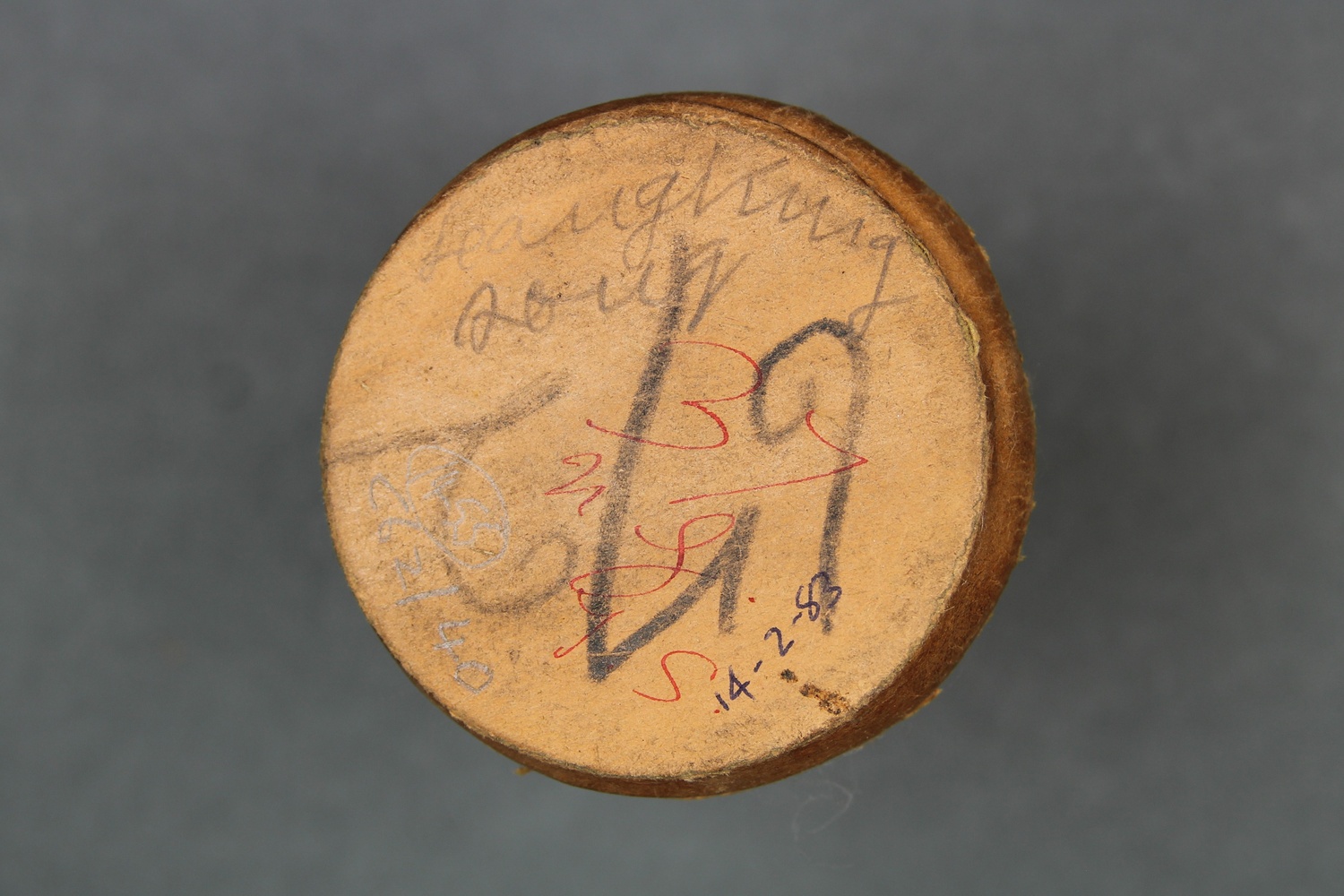 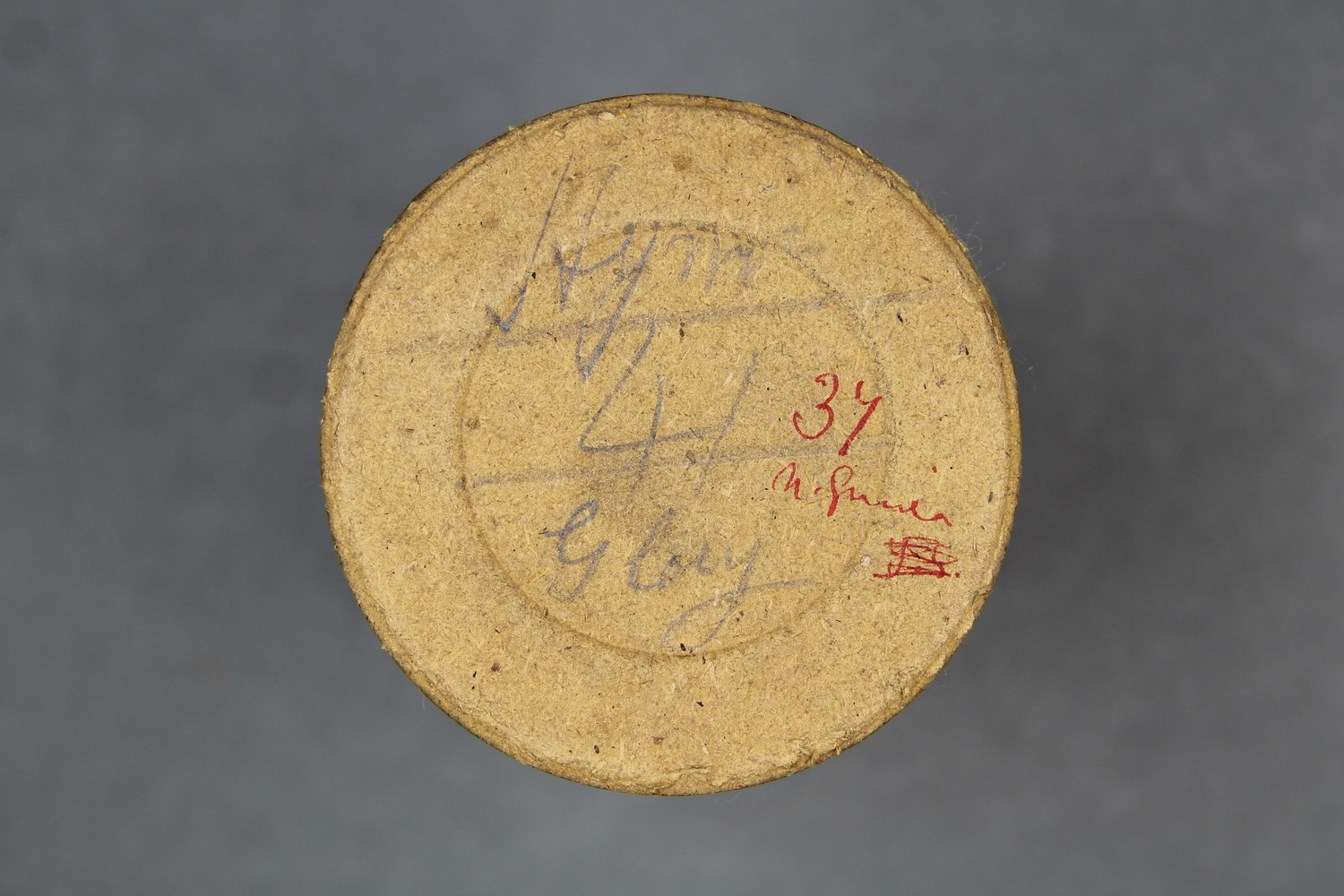     | ||||||||
| C80/1457 | Hymn | Unidentified (male chorus) | British New Guinea | 27 May 1898 – 1 October 1898 | 1. Unaccompanied male vocal group. | Reasonable quality recording but with surface noise. | Field recordings; Hymns | Ray, Sidney | 2'13' | Alfred Cort Haddon 1898 Expedition, British New Guinea | Brown wax cylinder | Alfred Cort Haddon 1898 Expedition (Torres Strait and British New Guinea) Cylinder Collection | British Library | 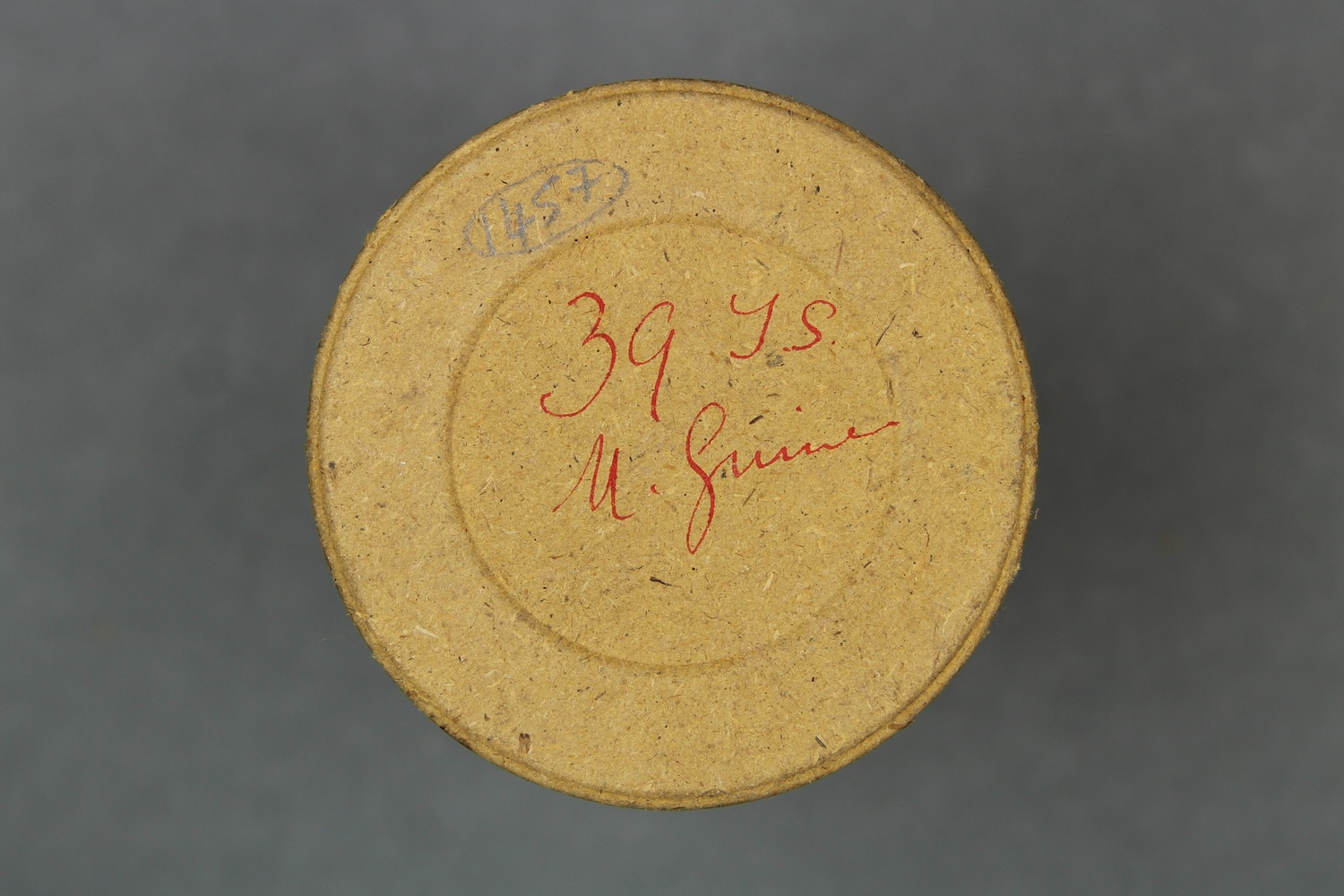      | ||||||||
| C80/1458 | Hymn No.23 Wareham | Unidentified (singer, male) | British New Guinea | 27 May 1898 – 1 October 1898 | 1. Unaccompanied male vocal solo. | Reasonable quality recording but with some surface noise. | Field recordings; Hymns | Ray, Sidney | 1'50" | Alfred Cort Haddon 1898 Expedition, British New Guinea | Light brown wax cylinder | Alfred Cort Haddon 1898 Expedition (Torres Strait and British New Guinea) Cylinder Collection | British Library | 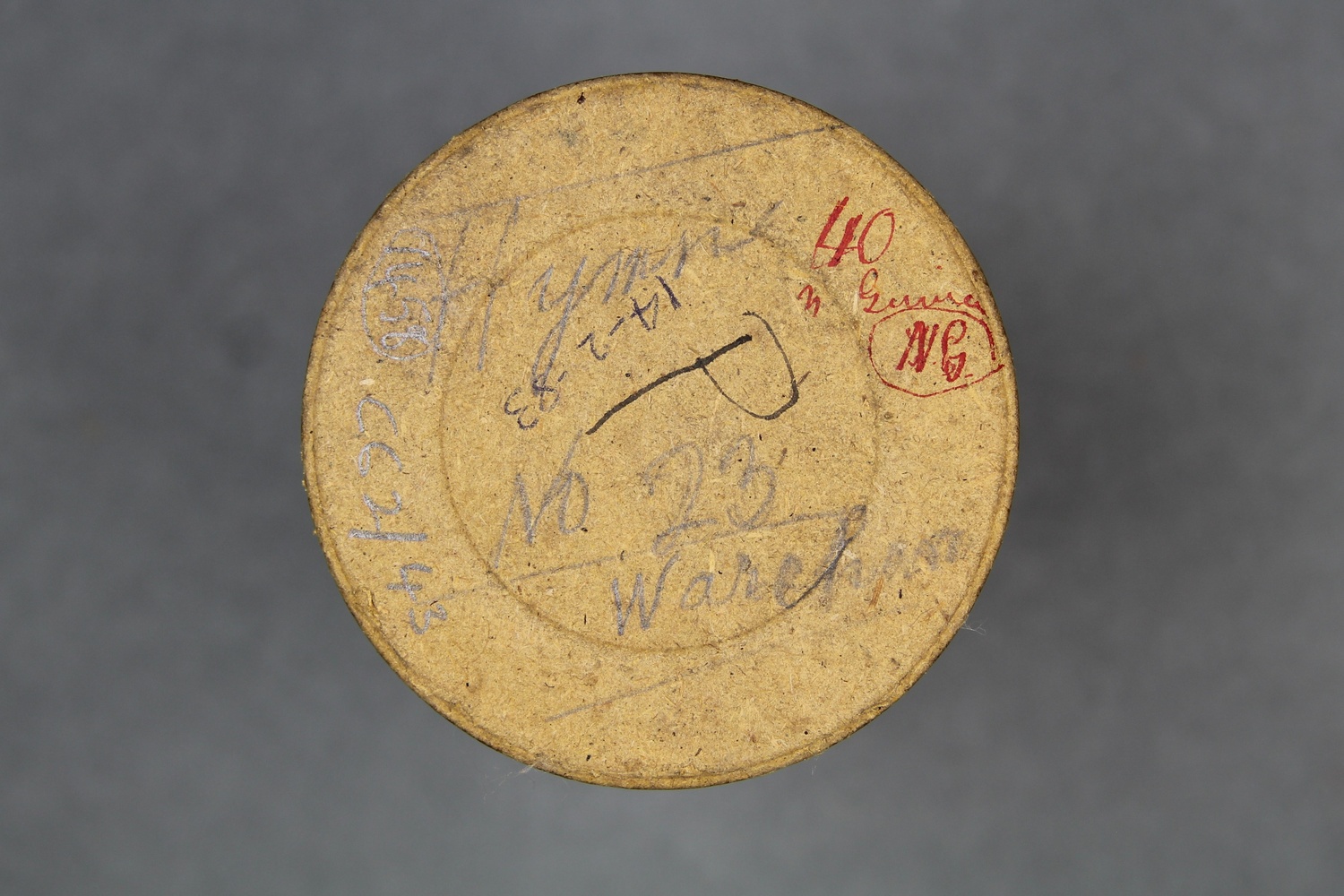 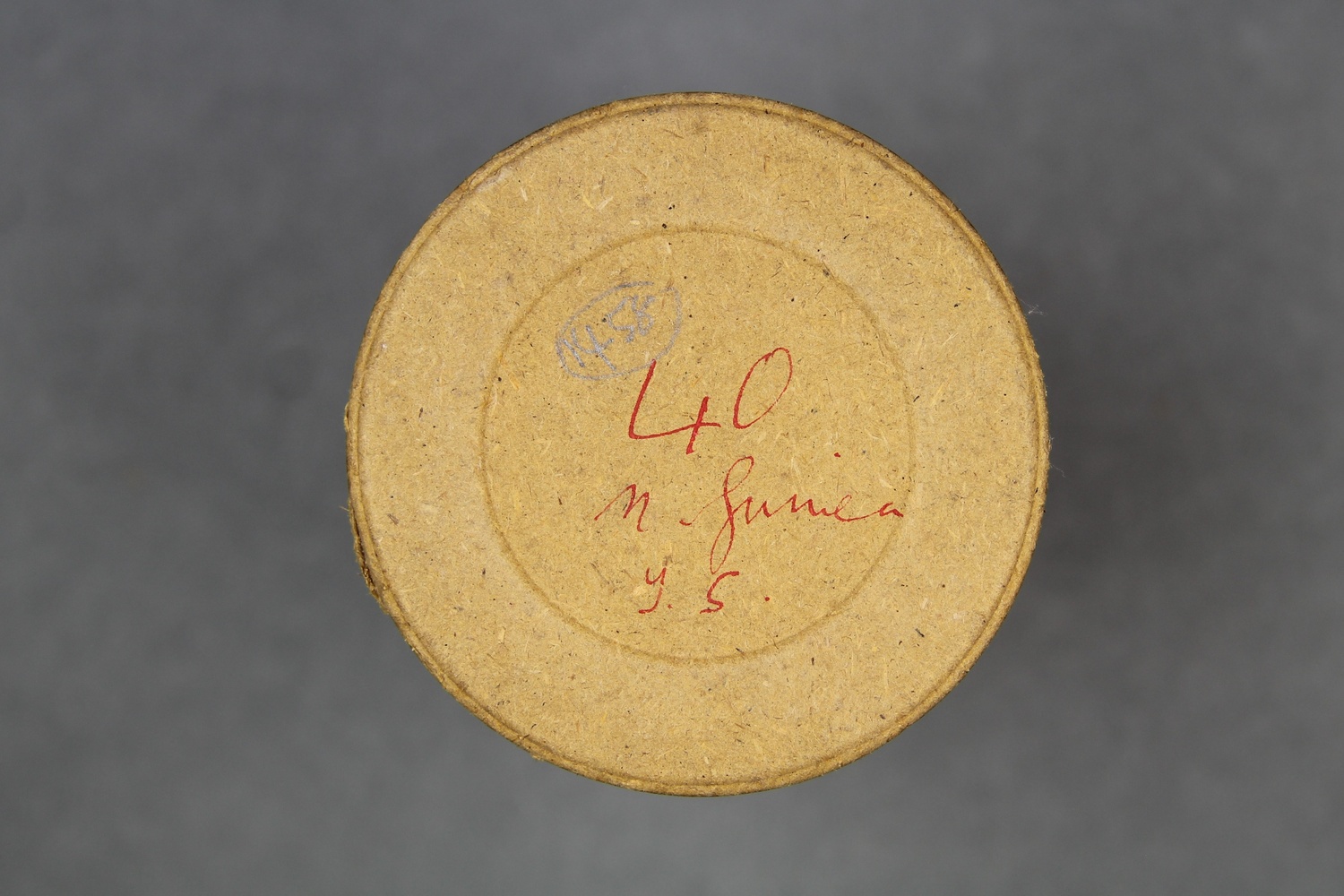     | ||||||||
| C80/1459 | Lekuleku by Gima, Chief of Hula | Gima (singer, male, chief of Hula) | Hula, Central District, British New Guinea | 10 June 1898 | 1. Indecipherable announcement. 2. Unaccompanied male vocal solo. "On 10 June, Ray noted in his diary that he persuaded [Gima] to sing some Lekuleku into the machine” (Ray 1898–1899:59). A leku was a war song according to Kolia (1975:187). | Reasonable quality recording with improving signal strength, but also with surface noise. | Hula | Field recordings; War song | Ray, Sidney | 2'44" | Alfred Cort Haddon 1898 Expedition, British New Guinea | Brown wax cylinder | Alfred Cort Haddon 1898 Expedition (Torres Strait and British New Guinea) Cylinder Collection | British Library |   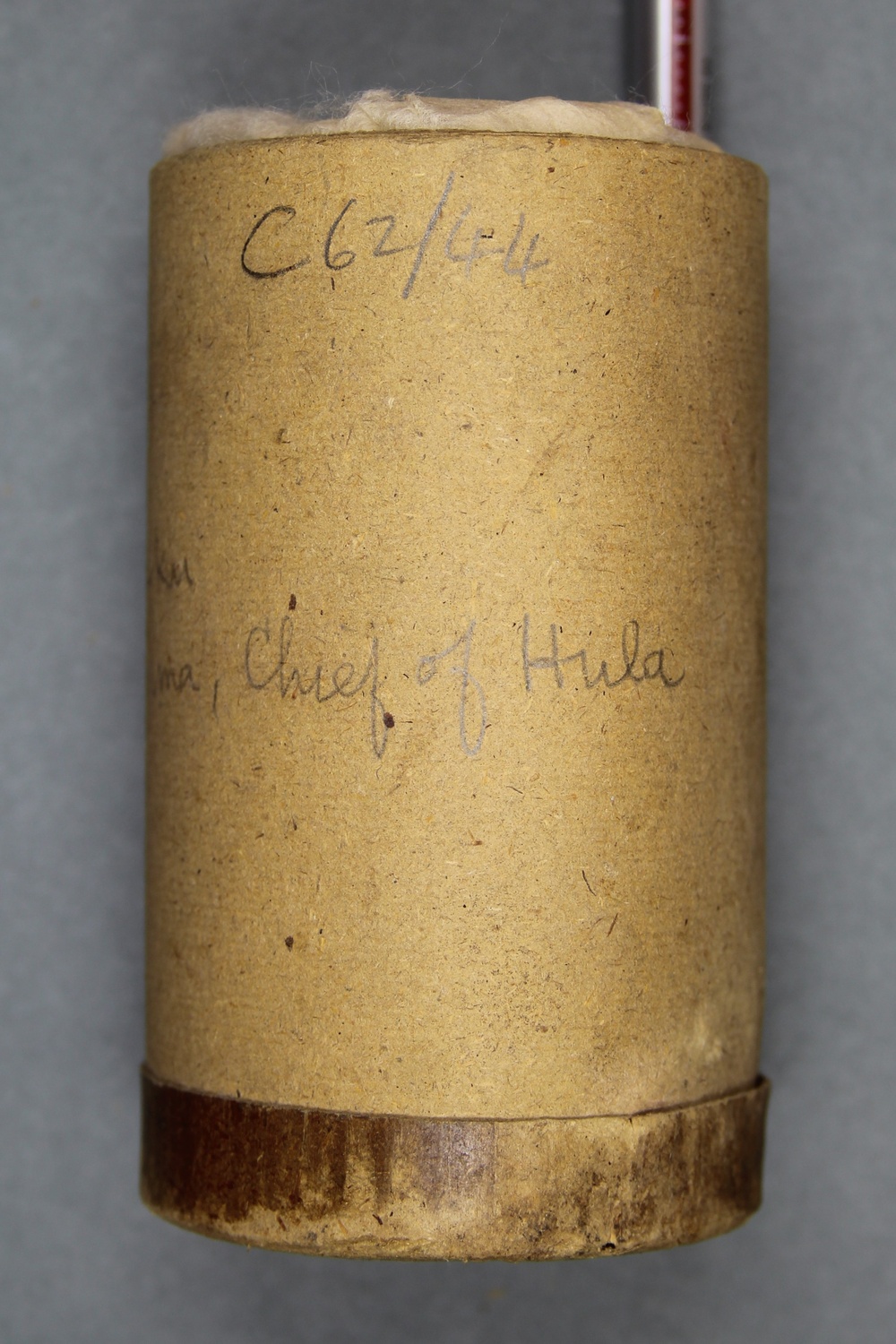    | Kolia, John. 1975. A Balawaia Grammar Sketch and Vocabulary. In Studies in Languages of Central and South-East Papua, edited by Tom E. Dutton, 107–226. Pacific Linguistics, C 19. Canberra: Australian National University. | ||||||
| C80/1460 | Dirge of Hula Women | Unidentified (male chorus) | Hula, Central District, British New Guinea | 4 June 1898 – 15 June 1898 | 1. Announcement: "[indecipherable] song, Hula." 2. Unaccompanied vocal group with male solo. 3. Unaccompanied vocal group. | Reasonable quality recording but with surface noise due to mould on cylinder. | Hula | Field recordings, Laments | Ray, Sidney | 3'19" | Alfred Cort Haddon 1898 Expedition, British New Guinea | Light brown wax cylinder | Alfred Cort Haddon 1898 Expedition (Torres Strait and British New Guinea) Cylinder Collection | British Library |       | |||||||
| C80/1461 | Hymn Hula | Takai (singer, female) | Hula, Central District, British New Guinea | 4 June 1898 – 15 June 1898 | 1. Announcement: "Hymn, sung by Takai, [indecipherable]. 2. Female and male vocal solo singing in harmony. 3. Unaccompanied female vocal solo. | Reasonable quality recording but with surface noise due to mould on cylinder. | Hula | Field recordings; Hymns | Ray, Sidney | 2'44" | Alfred Cort Haddon 1898 Expedition, British New Guinea | Light brown wax cylinder | Alfred Cort Haddon 1898 Expedition (Torres Strait and British New Guinea) Cylinder Collection | British Library |  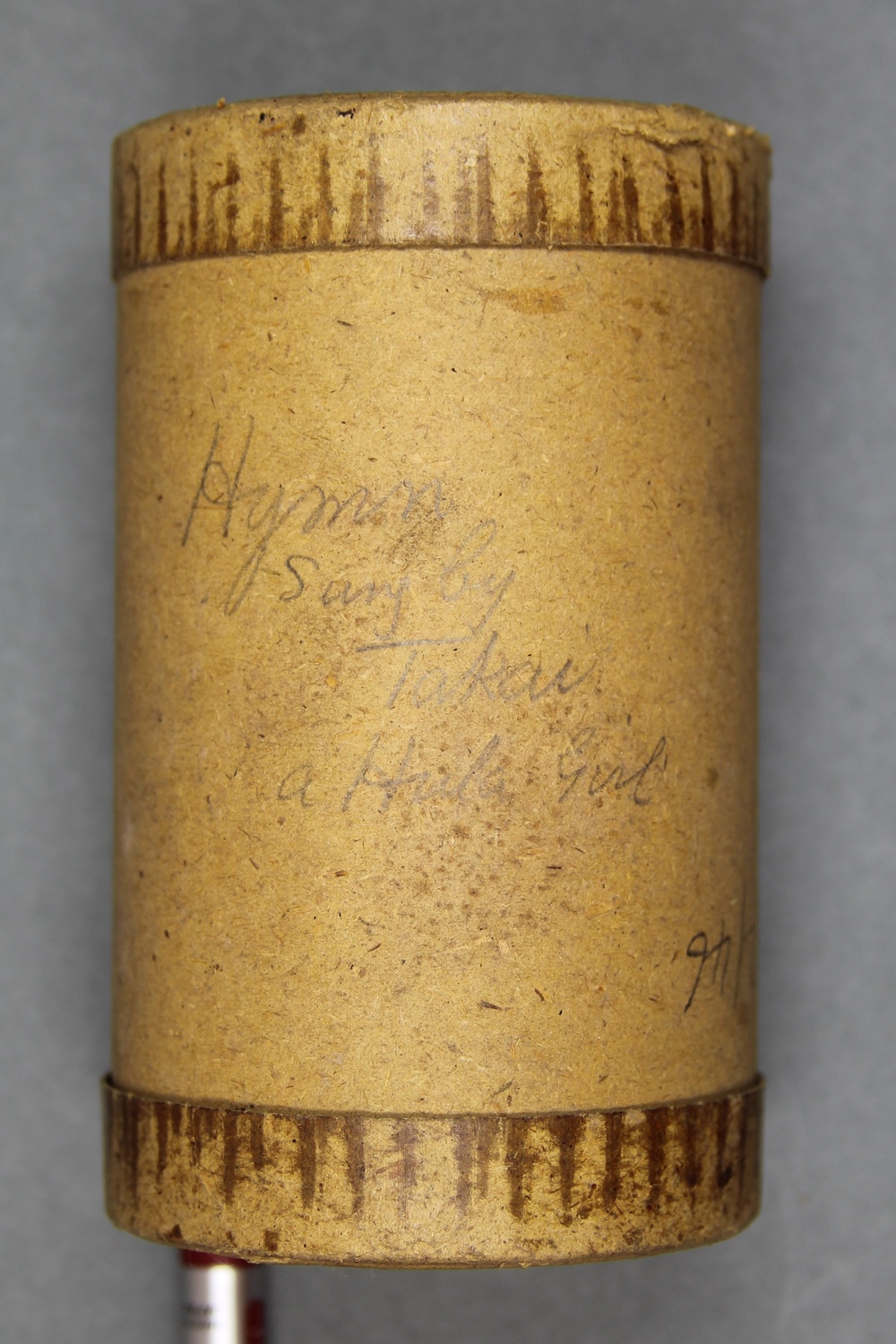     | |||||||
| C80/1462 | God save the Queen Hula | Takai (singer, female) | Hula, Central District, British New Guinea | 6 June 1898 | 1. Unaccompanied vocal group. On 6 June, Ray noted recording “God Save the Queen by Takai” (Ray 1898–1899:50) (British national anthem). | Reasonable quality recording but with some speed fluctuation and surface noise. | Hula and/or English | Field recordings; National anthems | Ray, Sidney | 1'56" | Alfred Cort Haddon 1898 Expedition, British New Guinea | Light brown wax cylinder | Alfred Cort Haddon 1898 Expedition (Torres Strait and British New Guinea) Cylinder Collection | British Library |       | |||||||
| C80/1463 | Hymns at Vatorata | Unidentified (female chorus) | Hula, Central District, British New Guinea? | 3 June 1898 – 15 June 1898 | 1. Indecipherable announcement. 2. Female vocal group. | Poor quality recording with weak signal and heavy surface noise due to mould on cylinder. | Hula | Field recordings; Hymns | Ray, Sidney | 2'41" | Alfred Cort Haddon 1898 Expedition, British New Guinea | Light brown wax cylinder | Alfred Cort Haddon 1898 Expedition (Torres Strait and British New Guinea) Cylinder Collection | British Library |  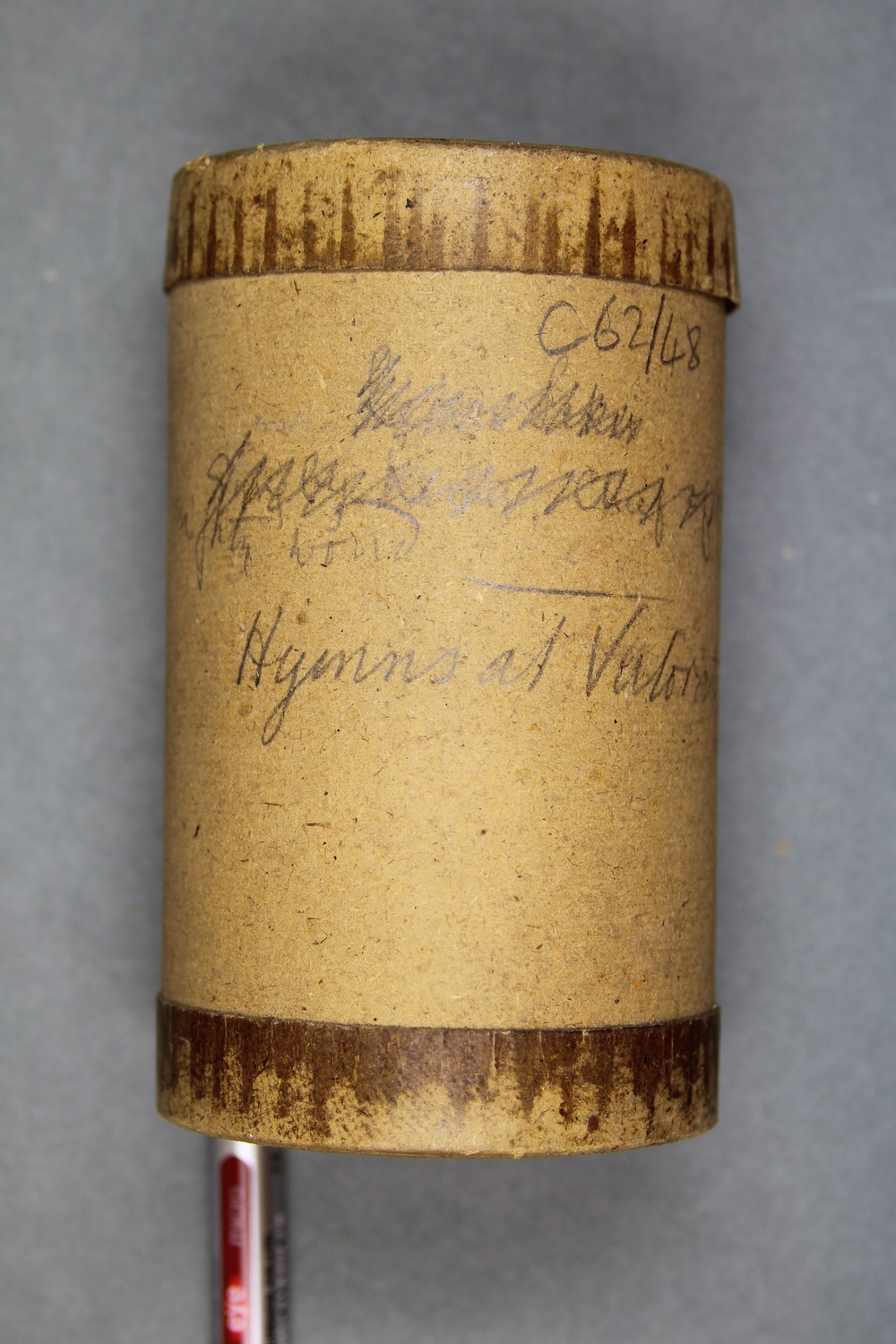   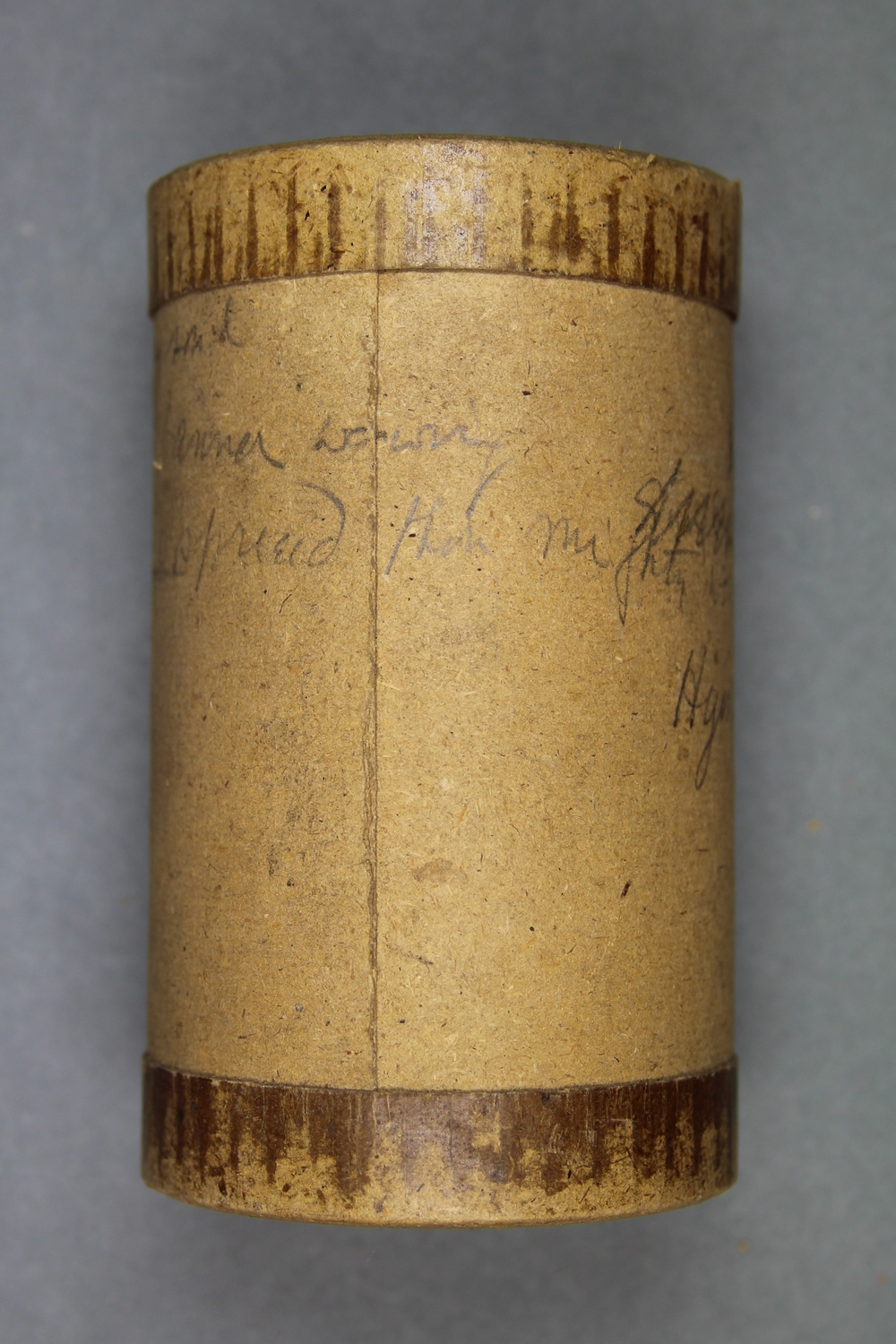  | |||||||
| C80/1464 | Dugong Fishers' Song [1] | Unidentified (male chorus) | Hula, Central District, British New Guinea | 4 June 1898 – 15 June 1898 | 1. Announcement: "Dugong fishers' song. Hulaa." 2. Unaccompaned male vocal group. | Reasonable quality recording but with surface noise due to patches of mould on cylinder. | Hula | Field recordings; Dugong fishing songs | Ray, Sidney | 2'00" | Alfred Cort Haddon 1898 Expedition, British New Guinea | Light brown wax cylinder | Alfred Cort Haddon 1898 Expedition (Torres Strait and British New Guinea) Cylinder Collection | British Library |       | |||||||
| C80/1465 | Dugong Fishers' Song [2] | Unidentified (male chorus) | Hula, Central District, British New Guinea | 4 June 1898 – 15 June 1898 | 1. Announcement: "Dugong Fishers' Song. Hulaa." 1. Unaccompanied male vocal group. | Reasonable quality recording but with surface noise due to patches on mould on cylinder. | Hula | Field recordings; Dugong fishing songs | Ray, Sidney | 2'10" | Alfred Cort Haddon 1898 Expedition, British New Guinea | Light brown wax cylinder | Alfred Cort Haddon 1898 Expedition (Torres Strait and British New Guinea) Cylinder Collection | British Library | 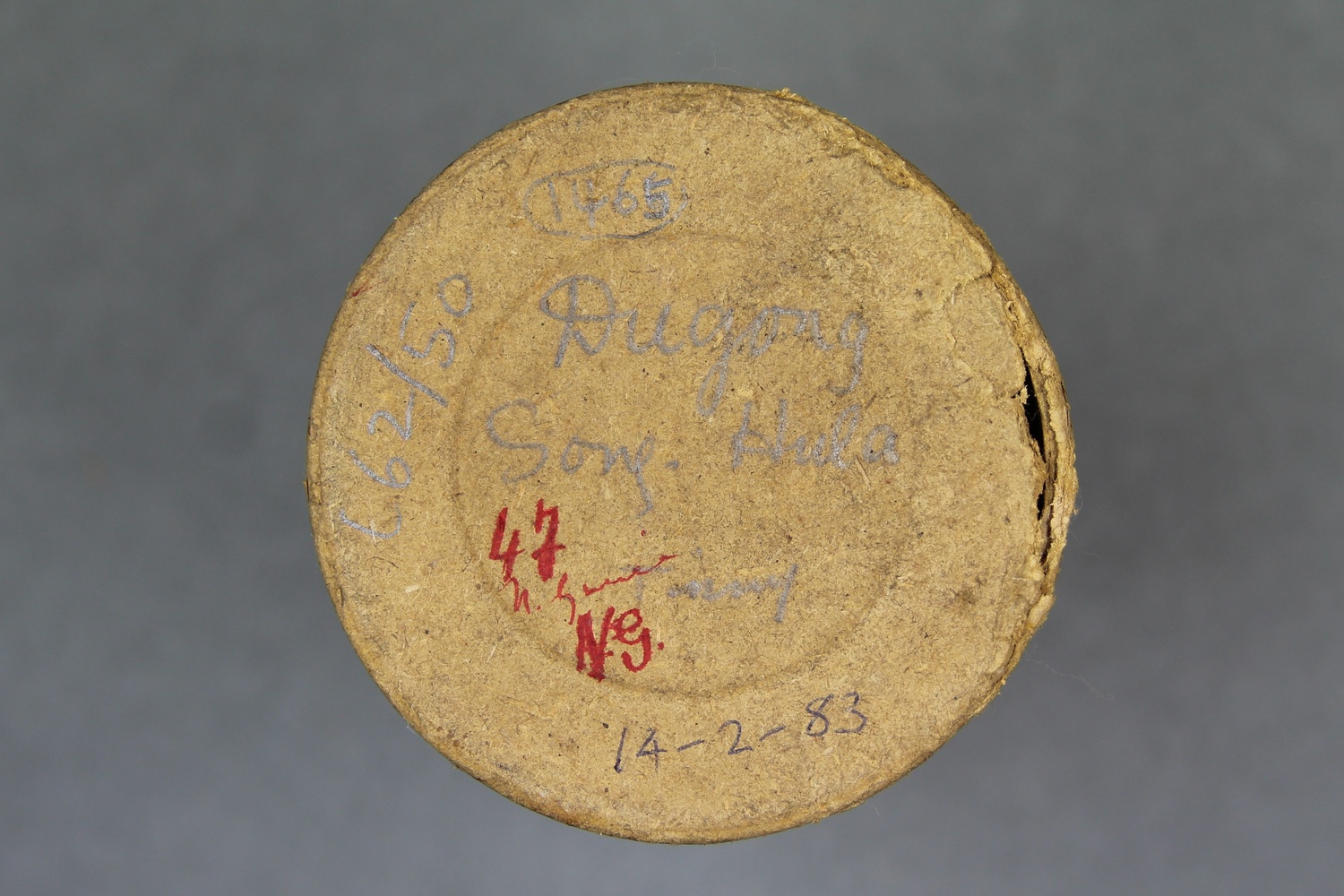      | |||||||
| C80/1466 | Hula Hymn | Unidentified (male chorus) | Hula, Central District, British New Guinea | 4 June 1898 – 15 June 1898 | 1. "[indecipherable] song of Hula, British New Guinea." 2. Mixed vocal group, singing version of 'Onward Christian Soldiers' in harmony. | Reasonable quality recording but with some surface noise. | Hula | Field recordings; Hymns | Ray, Sidney | 2'32" | Alfred Cort Haddon 1898 Expedition, British New Guinea | Light brown wax cylinder | Alfred Cort Haddon 1898 Expedition (Torres Strait and British New Guinea) Cylinder Collection | British Library |       | |||||||
| C80/1467 | Canoe Song and Leku Leku Hula | Unidentified | Hula, Central District, British New Guinea | 13 June 1898 | 1. Indecipherable announcement. A leku was a war song according to Kolia (1975:187). | Hula | Field recordings; Canoe song; War song | Ray, Sidney | 2'30" | Alfred Cort Haddon 1898 Expedition, British New Guinea | Light brown wax cylinder | Alfred Cort Haddon 1898 Expedition (Torres Strait and British New Guinea) Cylinder Collection | British Library |       | Kolia, John. 1975. A Balawaia Grammar Sketch and Vocabulary. In Studies in Languages of Central and South-East Papua, edited by Tom E. Dutton, 107–226. Pacific Linguistics, C 19. Canberra: Australian National University. | |||||||
| C80/1468 | Kangaroo Hunting Song | Unidentified (singer, male) | Hula, Central District, British New Guinea | 9 June 1898 | 1. Announcement: "A hunting son, Hula." 2. Unaccompanied male vocal solo. “In the evening Ray phonographed 3 native songs in the school-house” (Haddon 1898–1899:114). Ray noted that he obtained 3 records, “a Lekuleku (ballad), a song sung by men when fishing for dugong, and a hunting song sung when hunting Kangaroo” (Ray 1898–1899:58). | Reasonable quality recording. | Hula | Field recordings; Wallaby hunting song | Ray, Sidney | 1'56" | Alfred Cort Haddon 1898 Expedition, British New Guinea | Light brown wax cylinder | Alfred Cort Haddon 1898 Expedition (Torres Strait and British New Guinea) Cylinder Collection | British Library | 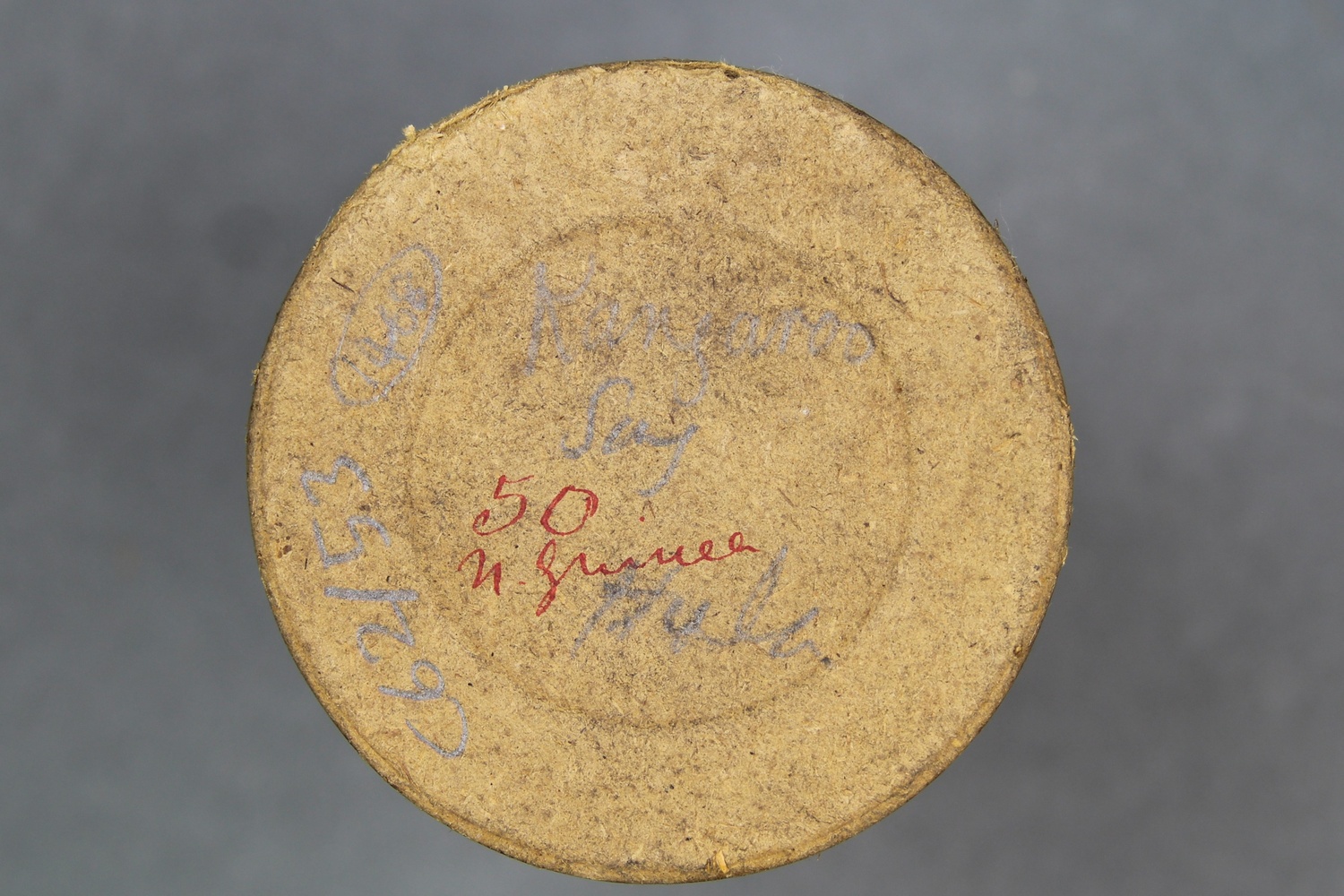      | |||||||
| C80/1481 | Lekuleku Hula | Unidentified (female chorus) | Hula, Central District, British New Guinea | 4 June 1898 – 15 June 1898 | 1. Announcement: "[indecipherable] Hula." 2-3. Unaccomapanied female vocal group. A leku was a war song according to Kolia (1975:187). | Poor quality recording with heavy surface noise and weak signal. | Hula | Field recordings; War song | Ray, Sidney | 2'30" | Alfred Cort Haddon 1898 Expedition, British New Guinea | Light brown wax cylinder | Alfred Cort Haddon 1898 Expedition (Torres Strait and British New Guinea) Cylinder Collection | British Library | 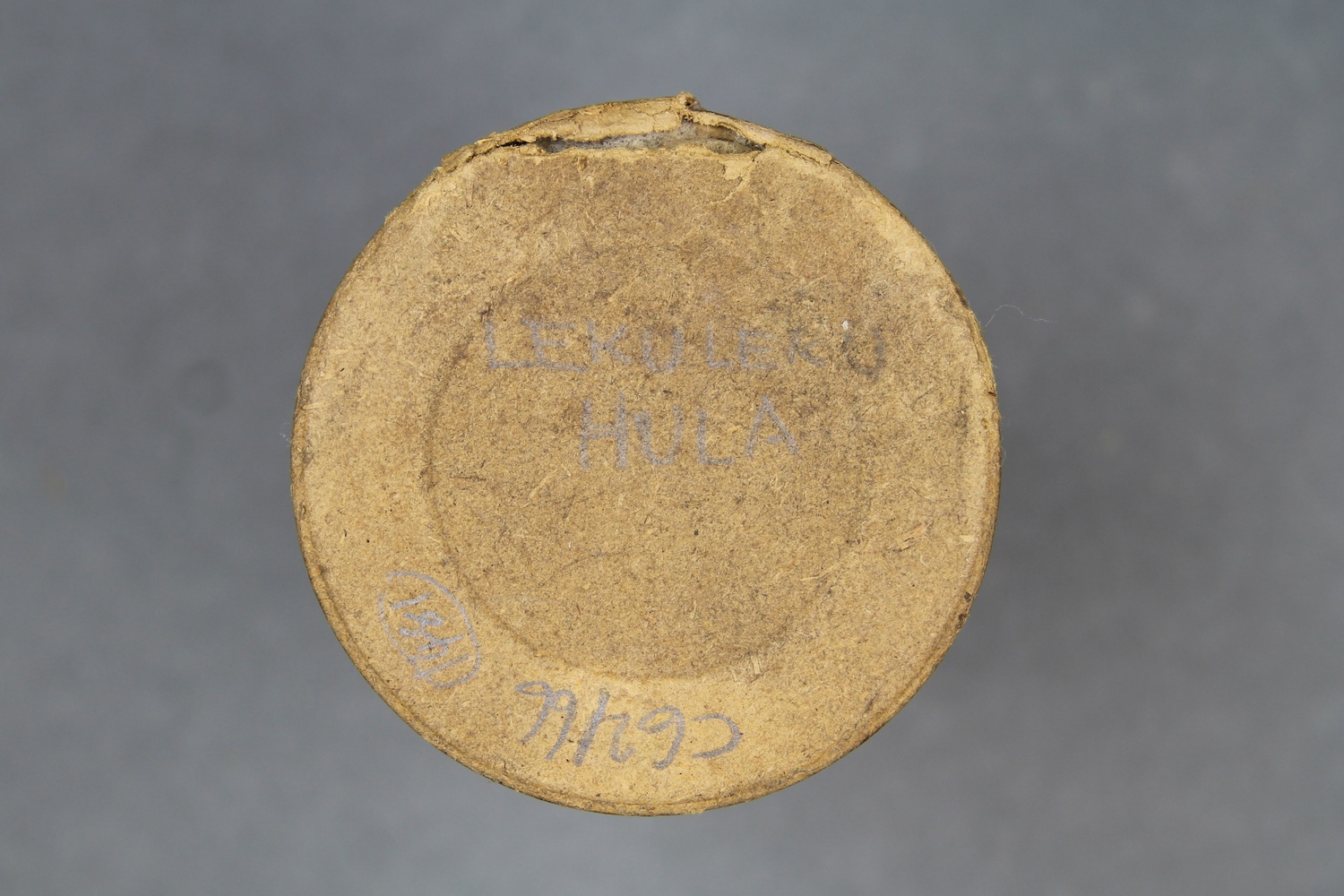 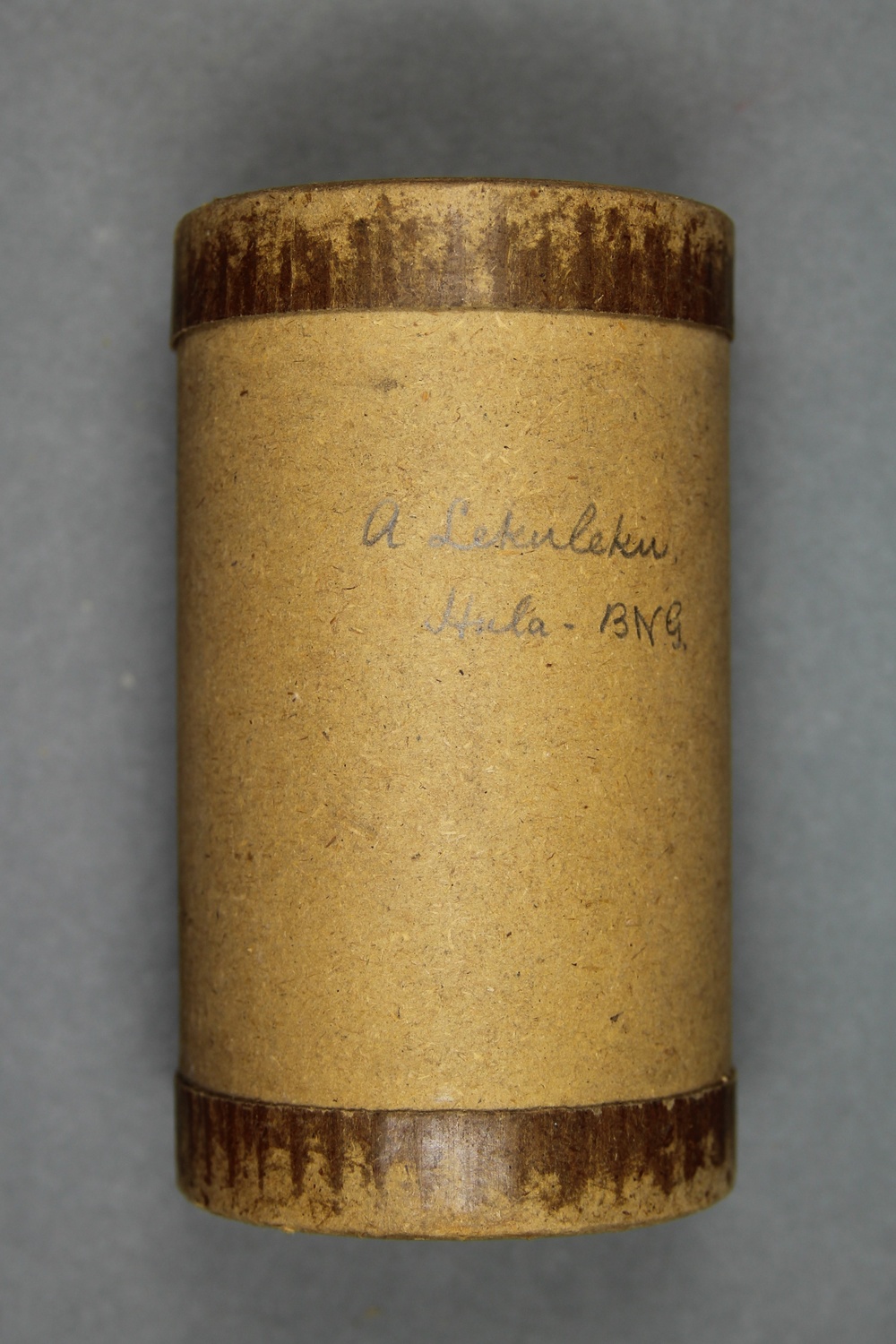     | Kolia, John. 1975. A Balawaia Grammar Sketch and Vocabulary. In Studies in Languages of Central and South-East Papua, edited by Tom E. Dutton, 107–226. Pacific Linguistics, C 19. Canberra: Australian National University. |
The following cylinders were researched by Fa’afo Patekalani from the Daniels Ethnographical Expedition to British New Guinea 1904 Cylinder Collection (C62).
| British Library shelfmark | Recording title | Performer name | Recording location | Recording date | Content description | Performer description | Recording notes | Languages | Genre | Recordist | Recording length | Recording trip | Description of cylinder | Collection title | Cylinder location | Images of cylinder containers / documentation | Related print publication: | Related print publication: | Related print publication: | Related print publication: | Related print publication: | Related print publication: |
|---|---|---|---|---|---|---|---|---|---|---|---|---|---|---|---|---|---|---|---|---|---|---|
| C62/1421 | 13 Ariparla kulaa | Unidentified (male chorus) | Hula, Central District, British New Guinea | July 1904 | 1. Announcement: "Ariparla, lament for the dead, sung round the body for the first 24 hours. Kulaa." 2. Unaccompanied male vocal group singing in harmony. | Good quality recording. | Hula | Field recordings; Laments | Seligman, Charles Gabriel | 3'15" | Daniels Ethnographical Expedition to New Guinea 1904 | Brown wax cylinder | Daniels Ethnographical Expedition to New Guinea 1904 Cylinder Collection (C62) | British Library | 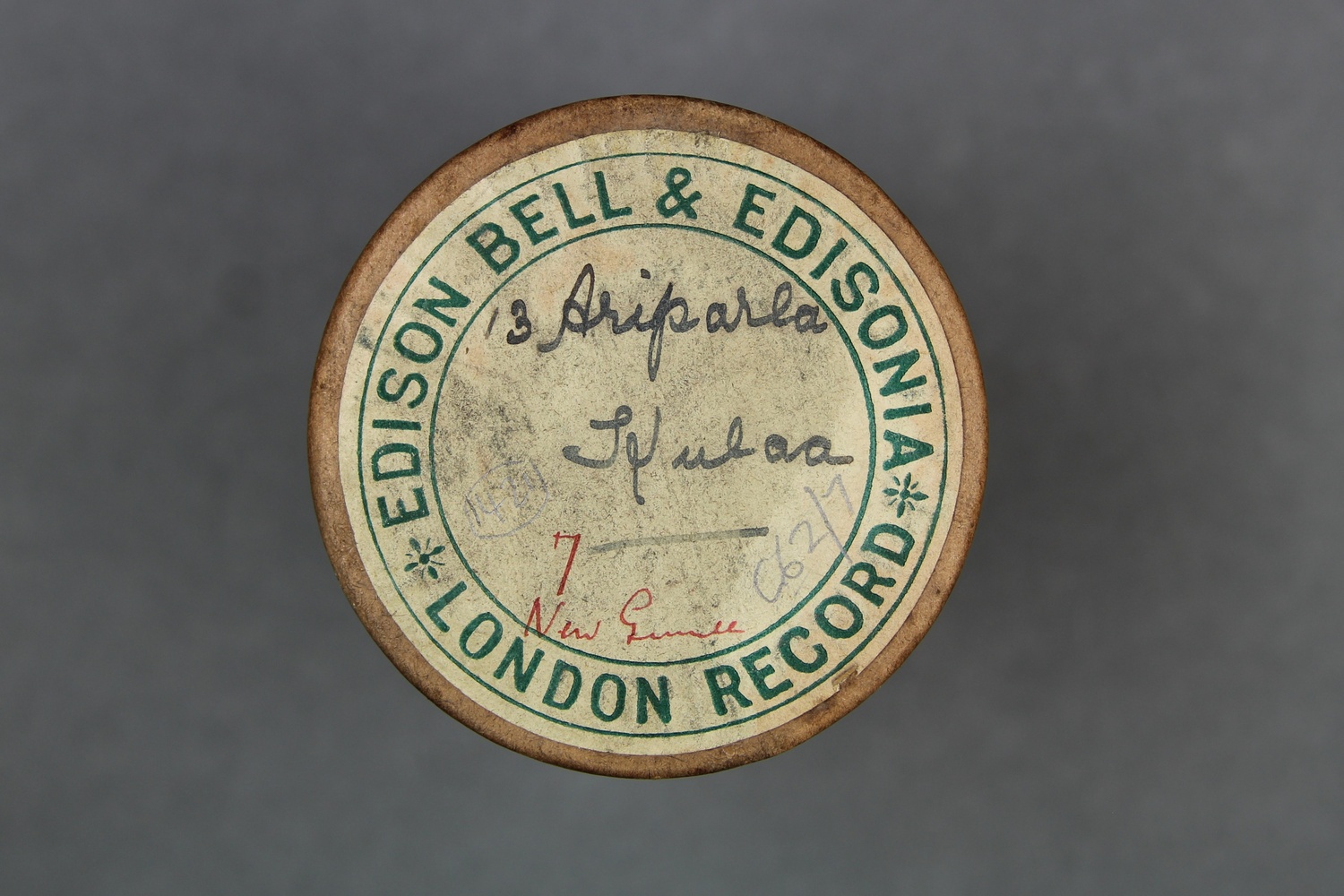      | |||||||
| C62/1422 | Roro Kulaa | Unidentified (male chorus) | Hula, Central District, British New Guinea | July 1904 | 1. Announcement: "Roro. A kulaa song, sung only by the older folk of both sexes." 2. Unaccompanied vocal group. | Good quality recording. | Hula | Field recordings | Seligman, Charles Gabriel | 3'15" | Daniels Ethnographical Expedition to New Guinea 1904 | Brown wax cylinder | Daniels Ethnographical Expedition to New Guinea 1904 Cylinder Collection (C62) | British Library |       | |||||||
| C62/1423 | 16 Palarupu Kulaa | Unidentified (male chorus) | Hula, Central District, British New Guinea | July 1904 | 1. Announcement: "Palarupa. Sung by successful [?] homicide, [indecipherable]. Kulaa." 2. Unaccompanied male vocal group. | Good quality recording although with some surface noise. | Hula | Field recordings; Sung after homicide | Seligman, Charles Gabriel | 3'04" | Daniels Ethnographical Expedition to New Guinea 1904 | Brown wax cylinder | Daniels Ethnographical Expedition to New Guinea 1904 Cylinder Collection (C62) | British Library |       | |||||||
| C62/1425 | 14 Kele kele Kulaa | Unidentified (male chorus) | Hula, Central District, British New Guinea | July 1904 | 1. Announcement: "Kele kele song sung in Naka'ana's [?] house, before the turtle neck was put upon the canoe. Kulaa." 2. Vocal group singing in harmony, accompanied by percussion. | Good quality recording, although track 2 begins and ends with repeating grooves. | Hula | Field recordings | Seligman, Charles Gabriel | 3'10" | Daniels Ethnographical Expedition to New Guinea 1904 | Brown wax cylinder | Daniels Ethnographical Expedition to New Guinea 1904 Cylinder Collection (C62) | British Library |  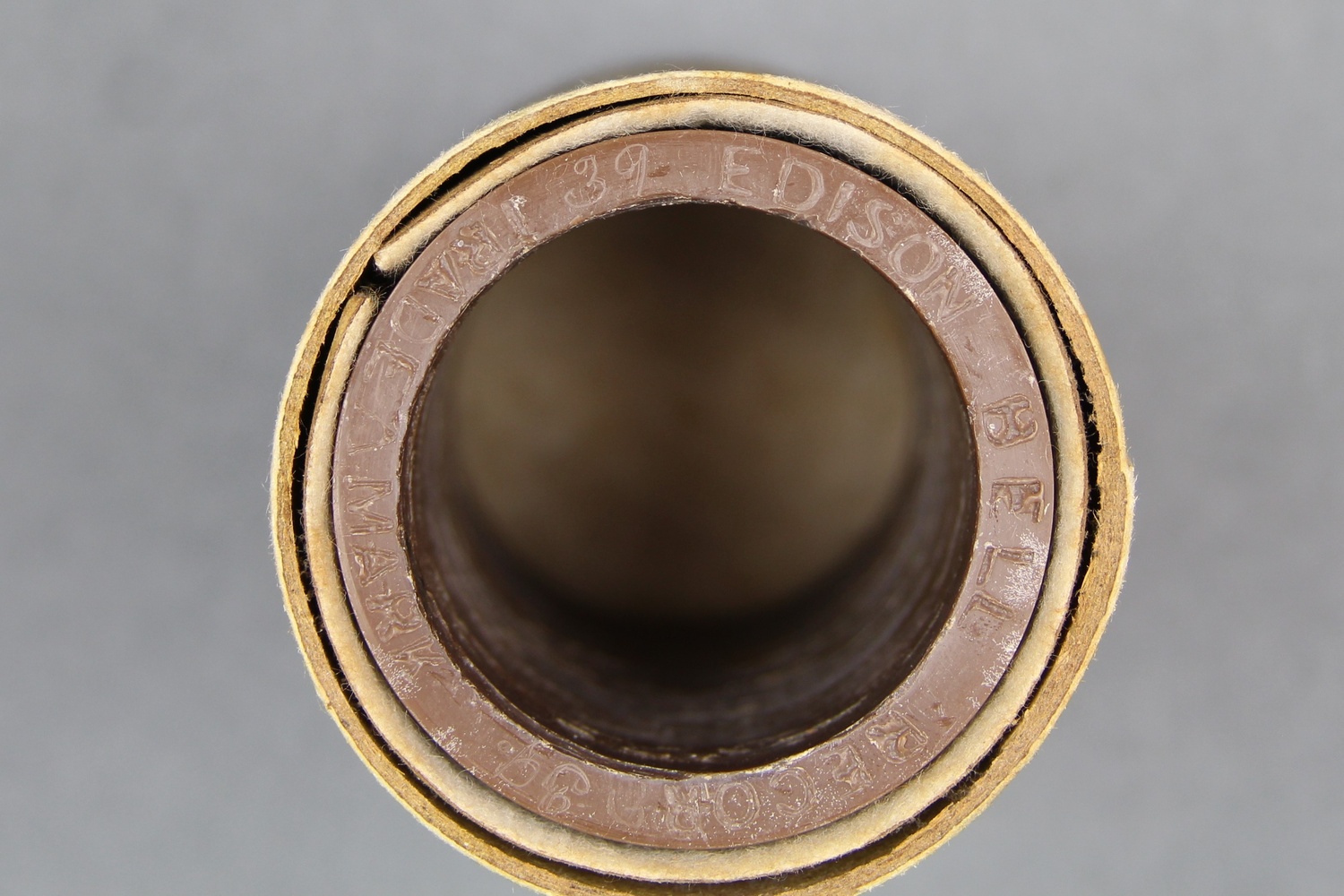     | |||||||
| C62/1491 | 15 Leku Leku Kulaa | Unidentified (chorus); unidentified (percussion) | Hula, Central District, British New Guinea | July 1904 | 1. Announcement: "Kwaipo Liku Liku, adopted and sung by the Kulaa." 2. Vocal group accompanied by drumming and clapping. | Good quality recording, although some surface noise. | Hula | Field recordings | Seligman, Charles Gabriel | 2'49" | Daniels Ethnographical Expedition to New Guinea 1904 | Light brown wax cylinder | Daniels Ethnographical Expedition to New Guinea 1904 Cylinder Collection (C62) | British Library | 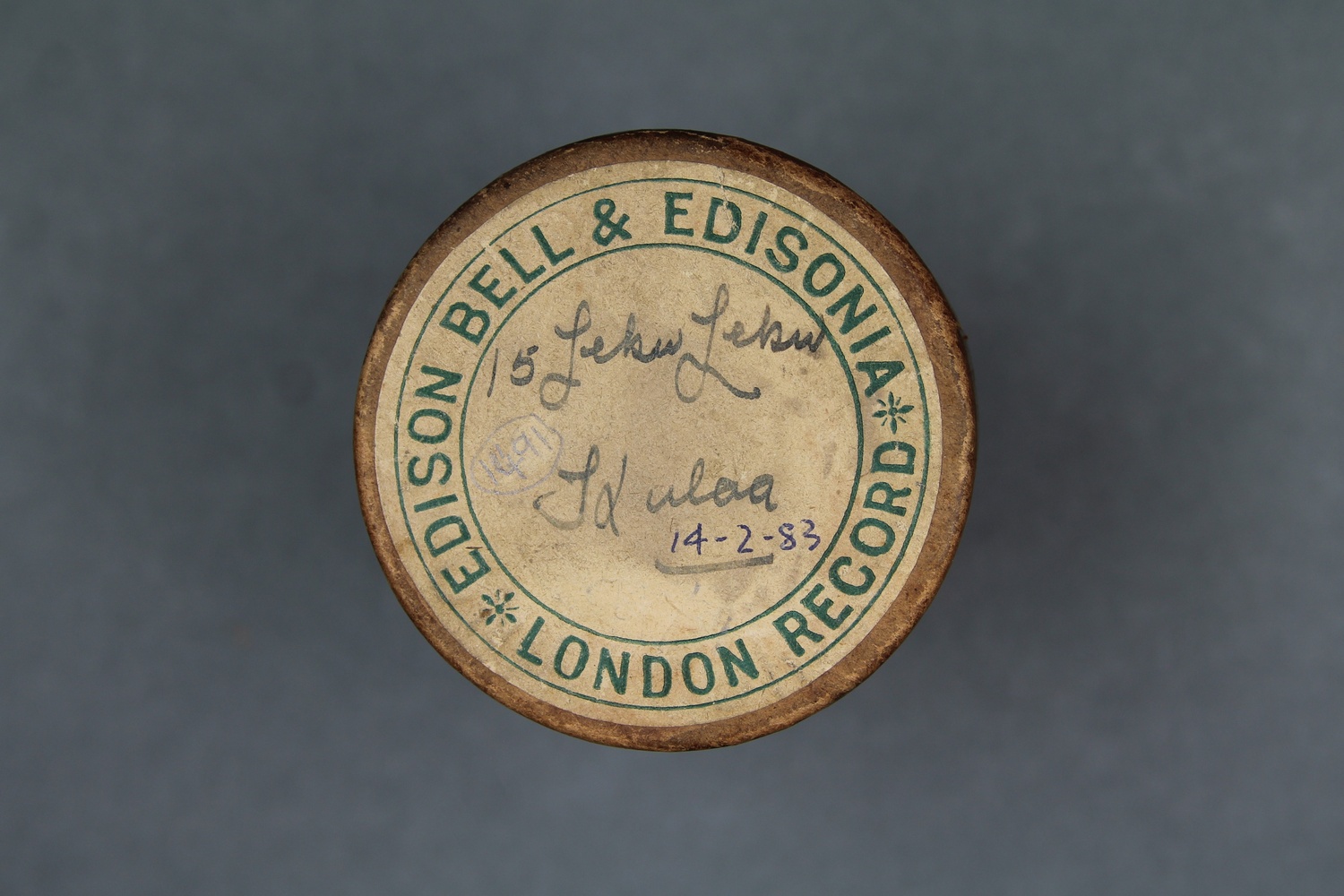      |
These include all recordings identified as Hula, as well as unidentified recordings.




